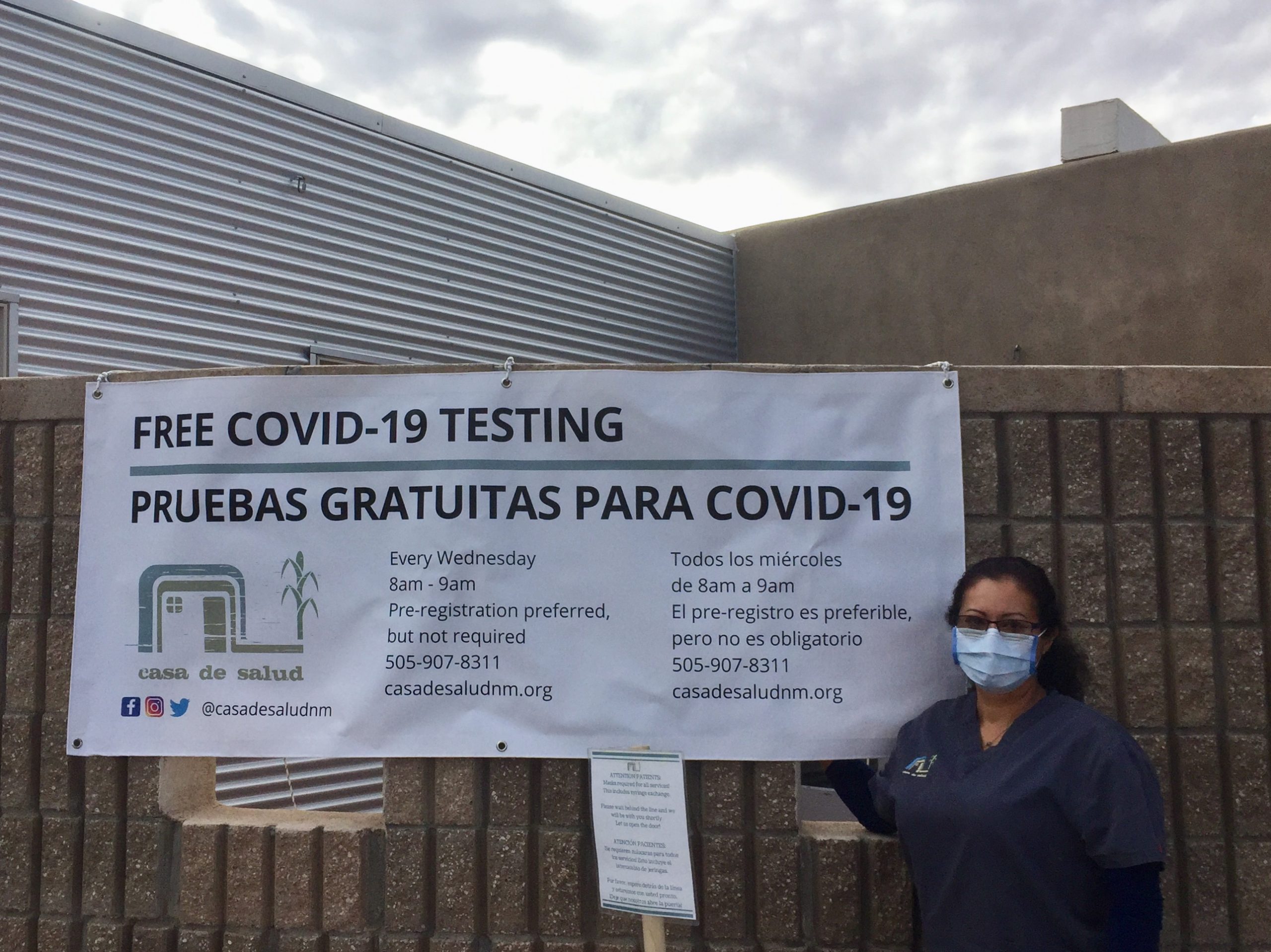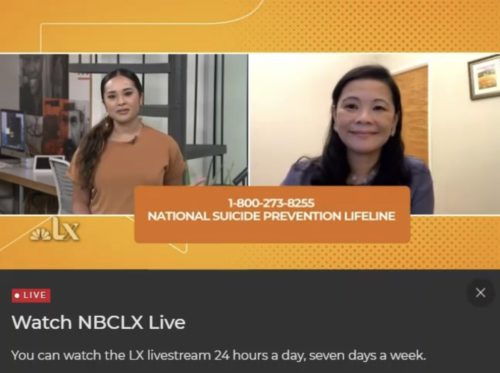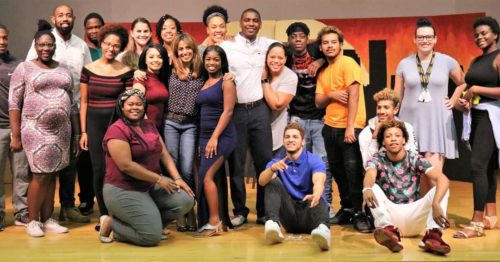
January 13, 2021
Change, while not easy, is natural and necessary. This is one of the realities of the world we now live in. A world dominated by COVID-19 and accelerating conversations about structural racism in health care and our country broadly. To address needed changes, we need health equity -centered leadership.
Health care providers and Clinical Scholars alumni shared their leadership lessons during the Communities in Partnership: Ensuring Equity in the Time of COVID-19 webinar series. They discussed building bridges with communities in ways that foster engagement and build power together. Specifically, their work is around youth mental health, foster care, oral health, and opioid addictions.
Watch the webinar in full or read some of the lessons shared below:
1. Partner with people who are doing the work
This lesson comes from family physician and Executive Director of Casa de Salud Anjali Taneja. It is important to partner with, learn from, and build with those already working in the focus area. Find ways to learn from those in the community you seek to help. Understand your own history and how it relates to assumptions and realities of health care delivery systems within the community.
In response to the opioid epidemic, Casa de Salud partnered with Centro Sávila to deliver culturally relevant healing and harm reduction services. Together with the community, they reimagined how they care for patients. They shifted the focus from individuals and shame to collective healing and civic engagement.

Clinical Scholars equips health care providers with leadership tools centered in equity, diversity, and inclusion to transform their careers and the health of their communities. Meaningful community engagement and collaboration and partnerships are just a few of the program’s health equity leadership competencies.
“I’ve heard it said that this work [health equity] happens at the speed of TRUST.”
Giselle Corbie-Smith, MD, MSc
2. Listen
Pediatrician Joyce Javier stresses the importance of really listening. It might sound simple, but it can be hard for leaders who already have a vision or ideas for how to help. First listen to the community’s input in defining the problem and the solution. Then there will be buy-in.
Listening by Dr. Javier’s interdisciplinary team is behind the success of the Filipino Family Health Initiative. By listening to families’ experiences with mental health, they incorporated the core Filipino value kapwa (togetherness or shared sense of identity) into an educational program. Through strengthening the parent-child relationship, the program helps prevent suicide and other emotional and behavioral issues among Filipino youth. Now the program has expanded to all parts of California.

3. Be transparent
This lesson comes from Charles Moore, Chief ENT Specialist at Grady Health, Director of Emory University’s Urban Health Initiative, and Founder of the HEALing Community Center. Dr. Moore recommends being transparent as you progress through your work by:
- Being realistic about what you can do and what you don’t know if you can do
- Working together with your team, partners and the community to see what can be created
- Over-communicating in order to ensure everyone is included
Dr. Moore partnered with a dentist and nurse practitioner to launch OH I CAN. Their efforts included a user-friendly mobile app to help address the vast oral health disparities that exist for low income and minority families in Atlanta.

4. Just get started
Don’t stall says social worker and founder of underdogDREAMS Derrick Stephens. Don’t become so bogged down with everything that you don’t ever start in the first place. Things will begin to fall into place once you start. You can accomplish so much even in the time you might not have all the funding or plans required yet.
Derrick’s team including another social worker, physician, psychologist, and psychiatrist started helping those in the foster system. The team has since shown with the right engagement and interventions, there are significant improvements in long-term quality of life outcomes for foster youth and families.

Leave a Reply